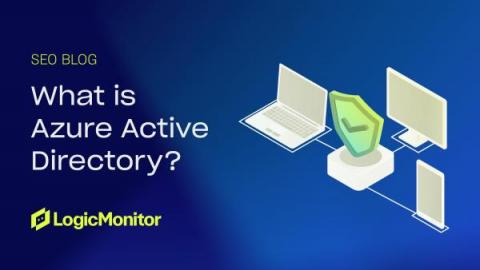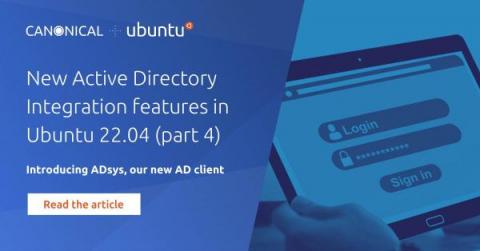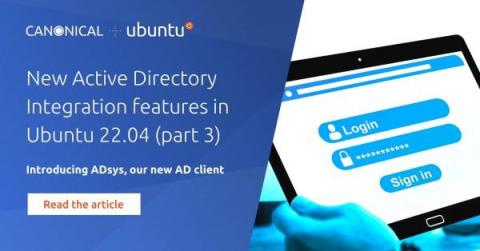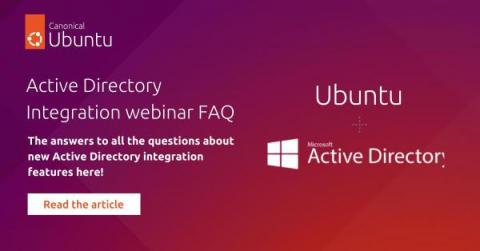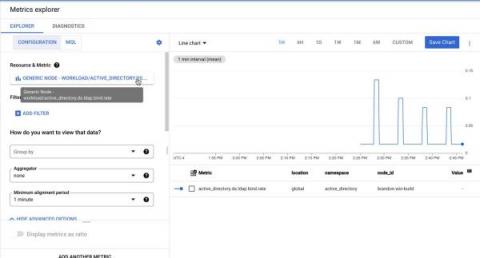Operations | Monitoring | ITSM | DevOps | Cloud
Active Directory
Lightweight Directory Access Protocol (LDAP) decoded for beginners
If you are a beginner on your Active Directory (AD) learning journey, then you must have stumbled upon the term LDAP. It’s quite possible that you feel a little lost trying to understand this concept. The objective of this blog is to get you comfortable with LDAP and more confident about your AD learning journey. To begin with, let’s address the subject head-on! What is LDAP?
A practical approach to Active Directory Domain Services, Part 10: A study into Group Policies and AD
We have covered a plethora of topics on Active Directory (AD) in parts one to nine of this series on Active Directory Domain Services. In this final and 10th part, we will look at one other crucial aspect of AD—Group Policies and Group Policy Objects (GPOs). We will discuss what Group Policies are and what role GPOs play in the effective setup of any AD environment.
Active Directory sites in a nutshell
An Active Directory (AD) environment has things like forests, trees, domains, organization units, and objects. After growing acquainted with these concepts, the next step on this learning journey is to understand AD sites.
What is Azure Active Directory?
New Active Directory Integration features in Ubuntu 22.04 (part 4) - Scripts execution
In this article we will focus on how you can use Active Directory to schedule startup, shutdown, login or logout scripts on your managed desktops through ADsys. In this area, as well as for all the other new features delivered by ADsys, we tried to offer a user experience as close as possible to the native one available in Microsoft Windows, with the aim of enabling IT admins to reuse the same knowledge and tools they acquired over the years to manage Ubuntu desktops.
Spot PC: Azure AD direct join for the win!
New Active Directory Integration features in Ubuntu 22.04 (part 3) - Privilege Management
Linux Active Directory (AD) integration is historically one of the most requested functionalities by our corporate users, and with Ubuntu Desktop 22.04, we introduced ADsys, our new Active Directory client. This blog post is part 3 of a series where we will explore the new functionalities in more detail.
New Active Directory integration features in Ubuntu 22.04 - FAQ
Linux Active Directory integration is one of the most popular and requested topics from both the community and our clients. On May 17 we delivered a webinar on the new AD integration features introduced with 22.04 (now available on demand) and following that we received an overwhelming number of questions. In this blog post we would like to address directly the most frequent ones






